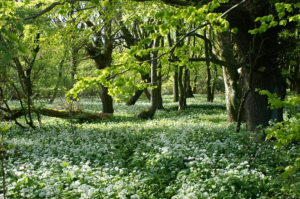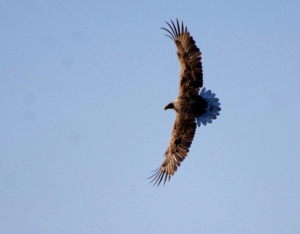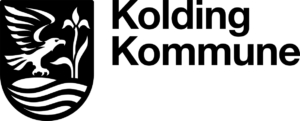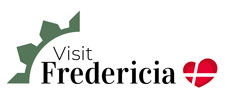About Naturpark Lillebælt
Denmark’s First and Largest Marine Nature Park
Naturpark Lillebælt is a maritime nature park with a unique marine and fjord area and several coastal and land areas, which stretch from Trelde Naes to Hejlsminde. The nature park is a collaboration between the municipalities of Fredericia, Kolding, and Middelfart.
Naturpark Lillebælt cover an area of approximately 370km2 and of these approximately 201 km2 are protected nature – that means 54% of the nature park are protected nature. Approximately 70% of the nature park is sea.
Approximately 47% is EU certified protected nature – Natura 2000-selection. The remaining 54% is protected by the Nature Conservation Act, nature and wildlife reserves or preservations.
Naturpark Lillebælt is Denmark’s largest nature park with approximately 370km2. In comparison, Naturpark Vesterhavet is 225km2.
National parks is another arrangement administered by the state. The two largest national parks in Denmark are National Park of Royal North Sealand (246km2) and the Wadden Sea National Park (1460km2). The Region of Southern Denmark currently has both the largest nature park and national park.
Naturpark Lillebælt represents nature and wildlife both under the water, on the water, and on land. Naturpark Lillebælt offers a unique combination of nature, landscape, culture, and geology, which we want to protect, develop and draw attention to.
Naturpark Lillebælt is an important breeding area for many birds such as the white-tailed eagle, marsh harrier and the common tern, as well as migratory birds such as the common goldeneye and red-breasted merganser. The Little Belt is also home to the world’s densest population of porpoises. Up to 3,000 of these small whales frolic in the waves in the period from June to September.
The aim of the nature park is to strengthen and protect the area’s magnificent natural beauty and enable the local population and visitors to gain optimal enjoyment from the nature around the belt.
The Danish Outdoor Council defines nature parks as follows:
Danish nature parks are larger coherent landscapes of regional importance. They will often contain natural areas of national and international significance. They have a precise geographical demarcation with great scenic beauty, rich natural resources and cultural historical value. They represent landscapes characteristic of Denmark’s various regions, which should be specially protected for the sake of present and future generations.
Establishing nature parks in Denmark should give nature a boost and create better opportunities for people to enjoy outdoor experiences close to where they live. Nature parks should focus on local beauty spots within the municipality and contribute to coordinated planning and development initiatives that take into consideration improving the quality of nature and recreational needs.

Photo: Ole Klottrup

Photo: Ole Klottrup

Photo: Ole Klottrup

Photo: Sandra Arvidson









